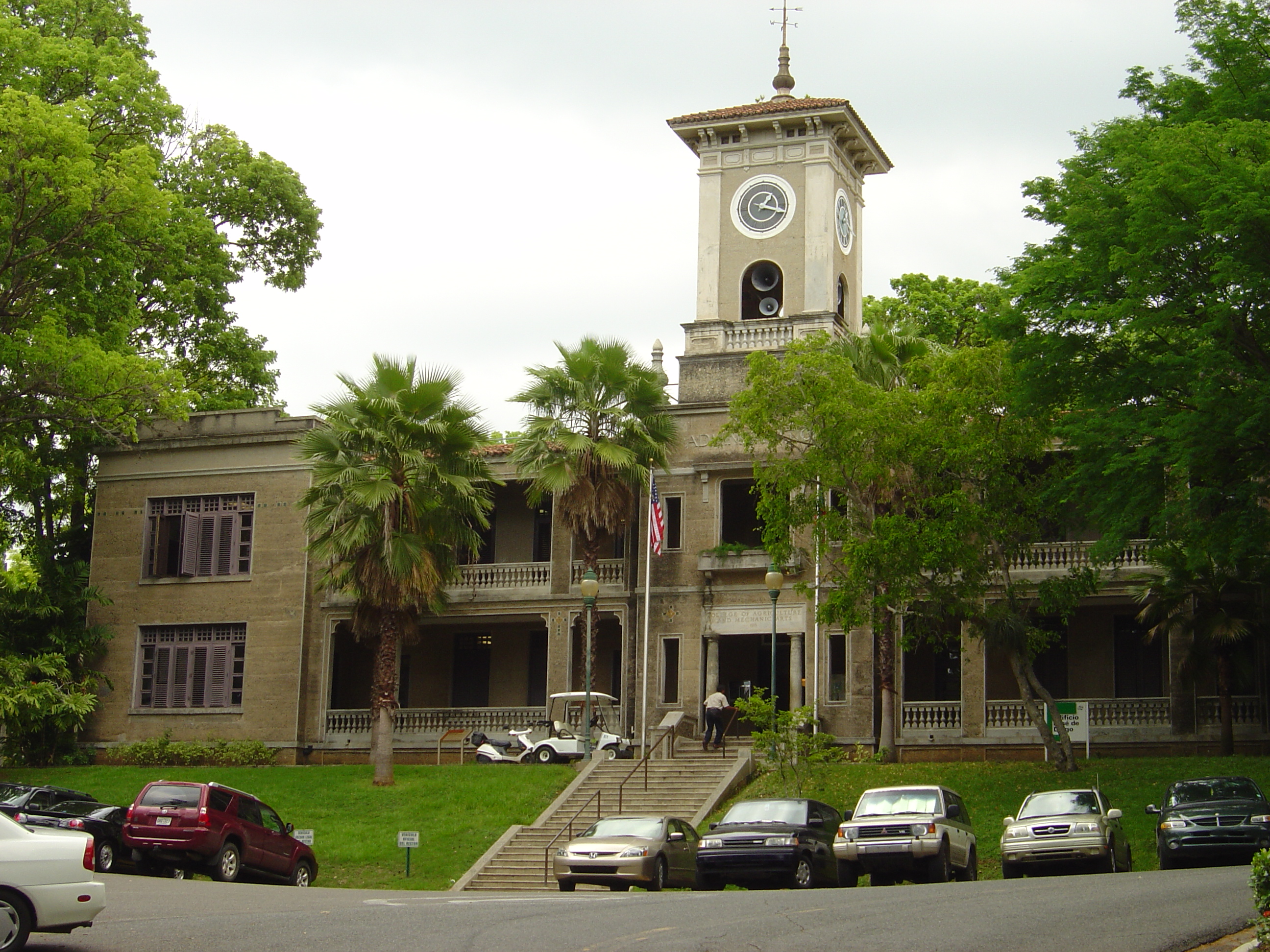
A Bioinformatics Crash Course.
Learn to program and carry out Bioinformatics-related work in two short lessons. This course will provide the background in Biology and Computer Science that is necessary in order to use and create tools capable of modeling, analyzing, and visualizing biological data. In each lesson, you will be using and creating a series of tools that are common to employees in the ever-growing fields of Pharmacy and Biotechnology.
At the end of the course, you will be assigned a community project aimed at the creation of a unique tool pertaining untackled biological problems. All participating members will be granted authorship of said tool, and any ensuing publications that make use of the community tools listed in this directory will cite tool authors as contributing parties.
Lessons.
Community Projects.
All community projects are carried out and monitored through the bioXJMB Slack group
Want to learn faster? Use Jupyter Notebook!
Download Anaconda3, a Python platform that already includes many useful libraries, as well as the Spyder Python IDE. Downloading Anaconda is currently the only way to gain local access to Jupyter Notebook.
After installing Anaconda3, simply open the terminal/powerl shell in any of the following OS:
- Windows 8+: WindowsKey + x + c (this will open a small window with a few options) -> Click on “Windows PowerShell”
- Mac: CMD + Space (this will open spotlight search) -> Type in “terminal” and open.
- Ubuntu: ctrl + alt + t
Once the terminal/power shell is open, type the following line to run Jupyter:
jupyter notebook --NotebookApp.iopub_data_rate_limit=1.0e1
Then, simply download and unzip this directory in order to navigate its content with Jupyter Notebook (see image below).

Additional lessons (COMING SOON).
- Creating a Graphical User Interface (GUI) for your tools
- Docking studies for drug development
- Metagenomics and Metabolomics
- Modeling Biological Systems at different scales
Course Coordinator:
- Charles Sanfiorenzo - csanfior@caltech.edu
